Experts have long considered that ocean viruses always quickly kill algae, but Rutgers-led research reveals that they live in synchronization with viruses and algae give a “coup de grace” exclusively when blooms of algae are previously stressed and dying.
The study, published in the journal Nature Communications, will possibly modify how scientists view viral infections of algae, also known as phytoplankton — especially the impact of viruses on ecosystem processes like algal bloom formation (and decline) and the cycling of carbon and other chemicals on Earth.
“It’s only when the infected algal cells become stressed, especially when they are lacking nutrients, that the viruses turn deadly,” said lead author Benjamin Knowles, a former post-doctoral scientist in the Department of Marine and Coastal Sciences in the School of Environmental and Biological Sciences at Rutgers University-New Brunswick who is now at UCLA. He was also a post-doctoral fellow at Rutgers’ Institute of Earth, Ocean, and Atmospheric Sciences. “We believe that this exclusively novel model of infection is prevalent in the oceans and stands to primarily modify how we view host-virus interactions and the impact of viruses on biogeochemical cycling and ecosystems as it goes against the long-accepted standard model of viruses always being fatal and killing cells.”
Biogeochemical cycling refers to essential nutrients like oxygen, nitrogen, phosphorus, calcium, iron, carbon, and water circulating through organisms and the environment. The coccolithophore algae Emiliania huxleyi was the study’s main focus as a model for other algae-virus systems and is a vital driver of this procedure.
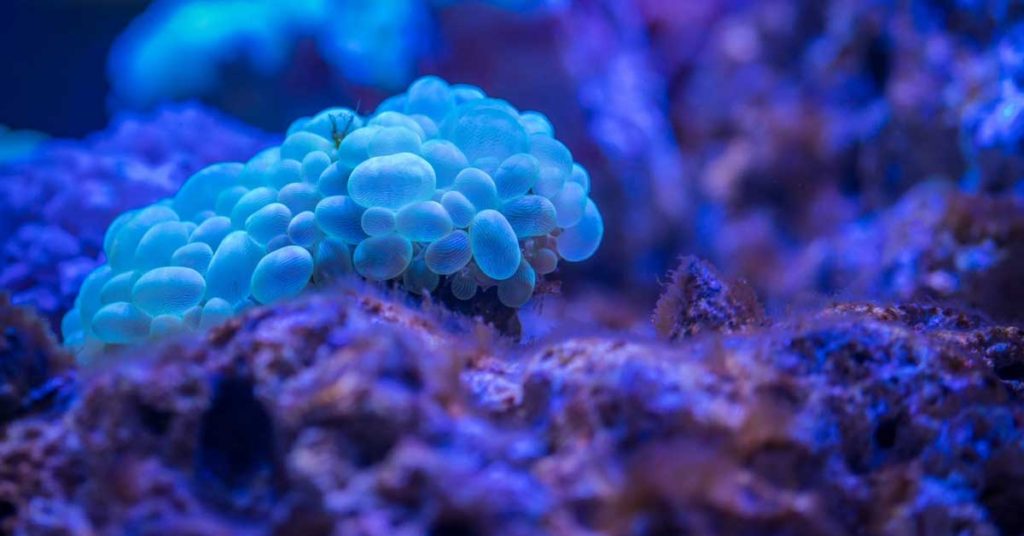
The researchers studied virus-algae interactions in the laboratory in controlled mini-blooms of shoreline waters of Norway. They targeted viral disease of a form of algae that is liable for generating much carbon and oxygen cycling on Earth. A set of ocean viruses called coccolithoviruses routinely infect and kill E. huxleyi over 1,000 square miles, which is visible from space via Earth-observing satellites.
The viruses contribute to the global food web by ultimately rupturing algal cells to make energy and organic matter available to other organisms. Scientists discovered that infected cells don’t die immediately; instead, they multiply and bloom across dozens of miles of ocean waters and die in a coordinated way. These dynamic processes have been routinely observed in past studies but couldn’t be described by the rate at which algal hosts and viruses encounter each other.
“The viruses and algae have a quasi-symbiotic type of association, permitting both viruses and algal cells to replicate contentedly for a short interval,” said senior author Kay D. Bidle, a professor and microbial oceanographer in the Department of Marine and Coastal Sciences at Rutgers-New Brunswick and the Institute of Earth, Ocean, and Atmospheric Sciences. “We observed that these recently revealed dynamics also concern other virus-algal associations across the oceans and are essential to learning how infection works. By combining theoretical, environmental, and experimental techniques, our work presents an outline to diagnose this type of virus in other systems.”
The algae-virus dynamics have significant propositions for the flow of carbon and outcome of infections and may lead to situations where carbon dioxide is sequestered, or stored, in the deep ocean rather than maintained in the upper level of the ocean, Bidle said. More study is required to completely comprehend the extent of these dynamics and their effect on ecosystems and the cycling of carbon in the oceans.

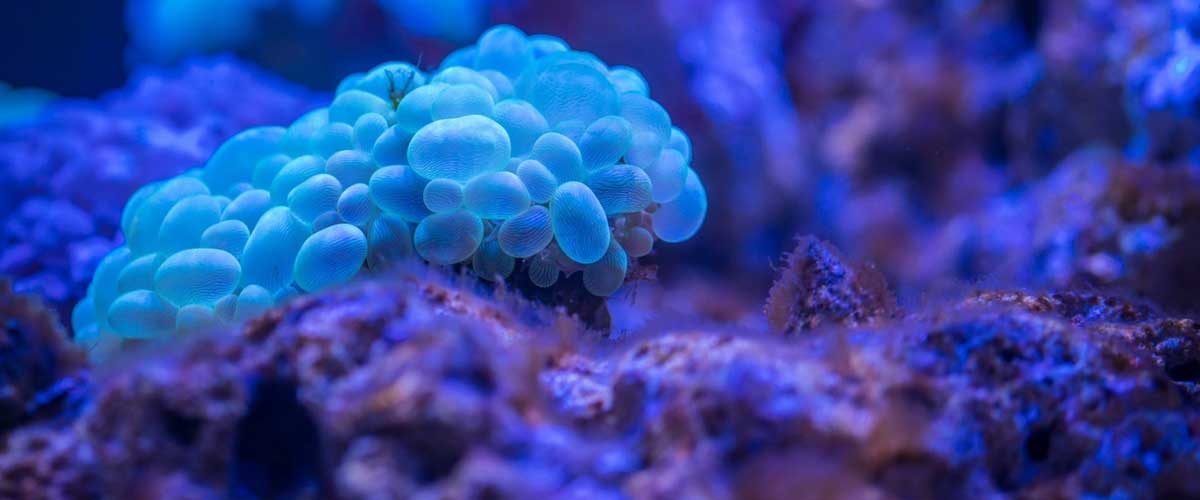
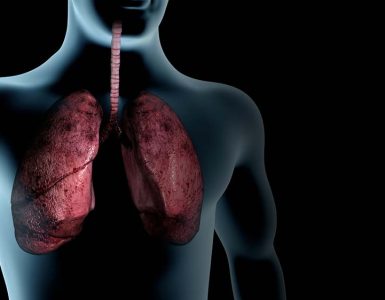
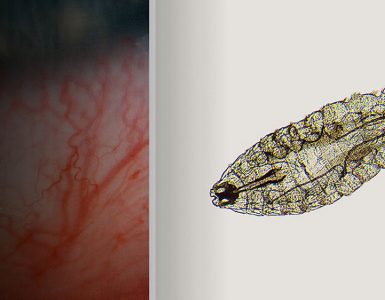
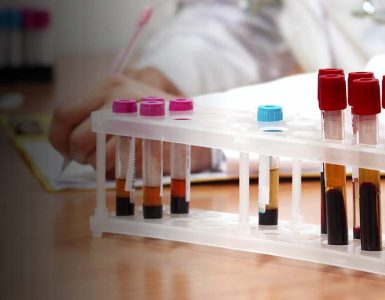











Thought-provoking research indeed !!
Thanks for sharing this enlightening research